The day the art world shut down and finding the way forward
It's not an understatement to say that COVID-19 has undoubtedly changed the art world forever. And here’s why it affects you.

Nick Mitzevich was barely 18 months into the job of running the National Gallery of Australia in Canberra when he was forced to manage emergencies for which no experience could have prepared him. First came the choking smoke from the January bushfires, leading Mitzevich to take the unprecedented step of briefly closing the gallery and its popular Matisse & Picasso exhibition.
A destructive hailstorm followed that, although it didn’t affect the artworks directly, caused extensive damage to the gallery’s exterior and to cars belonging to gallery staff. Less than eight weeks later the NGA, along with all Australian and international galleries, was forced to shut its doors as the COVID-19 pandemic raged its way across the globe.
“It’s certainly a strange time to run a public institution,” Mitzevich says ruefully. Six months down the track he has adopted a daily mantra: “cautious but optimistic”.
Despite everything thrown at him it would seem he does have reason to be optimistic. As gallery directors around Australia scramble to reschedule and reorganise their exhibitions, Mitzevich has managed to pull off an enviable coup with the announcement that the highly publicised Botticelli to Van Gogh exhibition now will open in March next year. Originally intended for spring this year, the exhibition comprises 60 key works from the collection of the National Gallery, London, from Rembrandt’s Self-Portrait at the Age of 34 through to van Gogh’s Sunflowers.
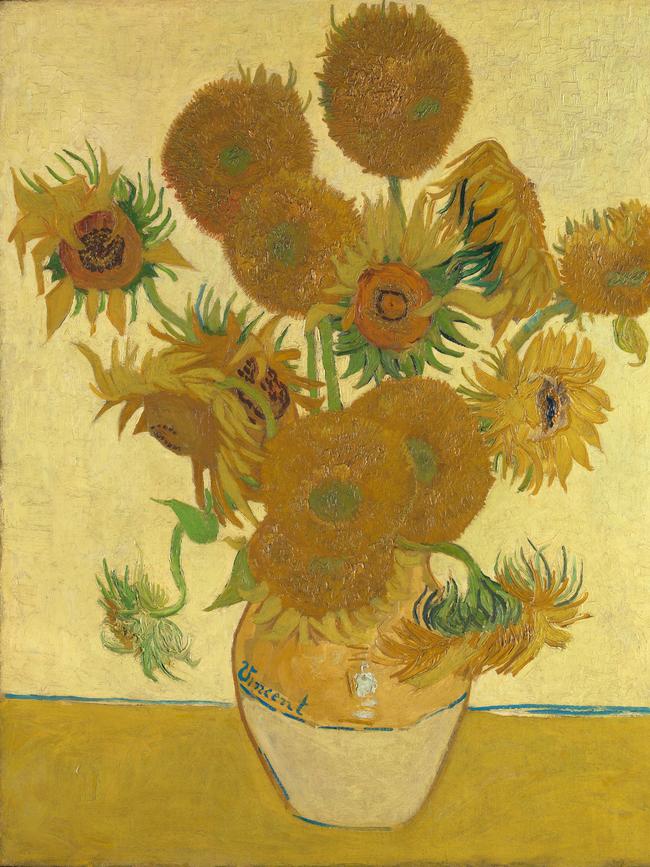
“This is the first major international exhibition they’ve toured. They could have just recalled the show because it’s some of their most precious pictures, but they know it’s one of the very rare opportunities to do this,” Mitzevich says, explaining the NGL is undergoing substantial renovations. “While we don’t know when we can safely travel again, we can be connected through works of art.”
The NGA has pushed back to November its Know My Name exhibition of 300 works by Australian female artists from the gallery’s collection and beyond. In fact most state galleries and museums now will present a summer of Australian art in place of their much-vaunted international shows. And there’s plenty to look forward to.
The Art Gallery of NSW in Sydney had planned a Matisse exhibition from the Pompidou Centre in Paris featuring more than 100 paintings, drawings, sculptures and cut-outs, alongside commissions of new work from four contemporary artists including New Zealand-Australian artist Angela Tiatia. That exhibition now is believed to be opening in summer 2021, and the gallery has rescheduled its retrospective of Australian landscape painter Arthur Streeton.
AGNSW director Michael Brand says he believes there is a huge appetite for any big exhibition right now. “It will be interesting to see what happens when you give an exhibition of an Australian artist who’s so important that summer spot … Generally you don’t get as big an audience for an Australian as an international show, rightly or wrongly. We’re hoping Streeton proves us wrong.”
The Gallery of Modern Art in Brisbane now should have been displaying an exhibition of popular Berlin-based Japanese performance artist Chiharu Shiota from the Mori Art Museum in Tokyo. Instead, the first large-scale exhibition in more than a decade of contemporary artist Gordon Bennett — due to run in parallel with Chiharu — will move to November, with plans to tour the Chiharu in 2022. A survey of work by Queensland artist Mavis Ngallametta that opened two days before the Queensland Art Gallery shut in March and then reopened last month now will run until next year.
“The first big shows we’re doing are all Australian artists, although we have such a strong bias on Australian content within our overall programming it’s not something we need to recalibrate because we’re constantly doing big international shows,” QAGOMA director Chris Saines says. QAGOMA’s landmark international Asia Pacific Triennial is scheduled to celebrate its 10th anniversary next year.
While the Museum of Contemporary Art in Sydney has had to postpone indefinitely its big international solo summer show of work by Los Angeles-based multimedia artist Doug Aitken because of a concerning funding shortfall, director Elizabeth Ann Macgregor says there is a serendipity to the first major exhibition of Australian-Chinese artist Lindy Lee running instead. “Given what’s happening in the world the timing of a show by a major Chinese-Australian artist makes it more potent,” Macgregor says, noting Lee’s work addresses “issues around connection, how we relate to each other, identity and of course the racism we’re seeing against Chinese people”.
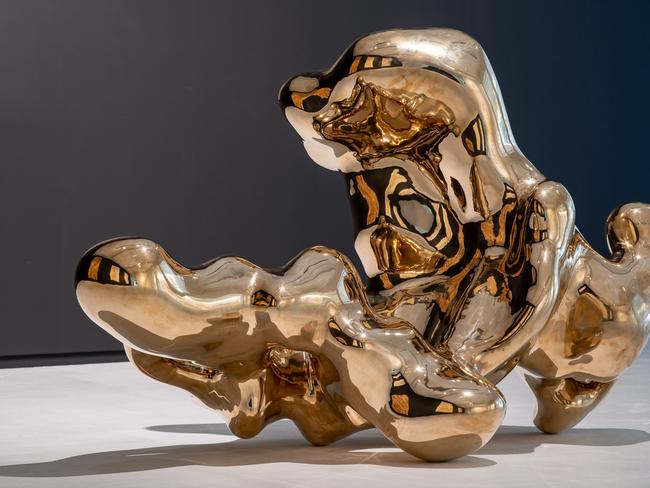
She is pleased the MCA’s government partner, Destination NSW, has shifted its sponsorship from the regular Sydney International Art Series to the Lee exhibition. “No international tourists may mean a drop in visitor numbers but we’re hoping all those Australians who love art and travel to Europe every year will travel from Brisbane, Perth or Darwin to see this amazing show,” she says, noting Australians spent more than $65bn while holidaying overseas in 2018-19.
“Our role in driving domestic tourism is more important than ever now because of the necessity to help kickstart the economy, and I’m delighted DNSW recognises the role the arts can play,” Macgregor says.
Although the National Gallery of Victoria in Melbourne is closed temporarily again, so full is its programming it had to reschedule its Winter Masterpieces show Pierre Bonnard to 2023.
“It’s a very high-quality and important show for Australia because while we’re so well versed in impressionism and modernism there’s a gap in the broader general public’s knowledge,” NGV director Tony Ellwood says. “We wrote to every single lender, 40 or 50 people [in addition to the 75 works from the Musee d’Orsay, which is co-curating the show] and so far all but two have come back and confirmed.”
While it’s too early to predict when the NGV will reopen Ellwood is hopeful the local shows will go ahead as planned: Tiwi, the world’s largest presentation of Tiwi art, from November and Destiny Deacon’s first solo show in 15 years. Ellwood is particularly excited about the NGV Triennial opening in December, 80 per cent of which is international artwork.
“I think we have to be careful we don’t just get involved in the hype of the current situation and let it defeat us,” Ellwood says. “We don’t see one artwork not being available for that show at this stage and some of them are very high value.”

As the directors continue the mind-blowingly complex task of renegotiating international loans and exhibitions, it is timely to consider the value these big, expensive exhibitions bring. While the oft-used term blockbuster is generally derided, the directors largely agree on the important role these exhibitions continue to play in terms of bringing global context, comparison, general knowledge and appreciation.
“ ‘Blockbuster’ is a bit of a lazy term,” says Brand, who prefers “major exhibition”. “Yes they’re important for audience numbers but it’s really important to remember they’re not just audience-gaining devices, they play multiple roles and foster collaborations.” He cites the Tate collaboration on 2016 show Nude. “They’re not ‘package exhibitions’, they’re collaborations between colleagues and give our curators a chance to work with theirs and vice versa, sharing knowledge and gaining experience.
“The future of museums has to be through collaborations and partnerships, none of us can do everything by ourselves.”
Mitzevich concurs, saying it would be detrimental for Australians to exist in a cultural bubble without international art. “It’s important Australian art is seen in an international context, it builds a richer, more dynamic culture,” he says. “At the NGA we try to take an approach of elevating the work of Australian artists balanced with the world context, ensuring our audience has the ability to see the best of both.”
Although few of us are able to travel abroad now, Saines says it’s worth remembering millions of Australians can’t afford to or have never travelled overseas to see international art in situ.
“Part of what we do is provide a broader view of the world, we’re bringing works of a high calibre into the country … our audiences come in very, very large numbers because it’s an opportunity they wouldn’t otherwise have, so it’s really important we continue to provide that incredibly important community service,” Saines says, highlighting upcoming summer show The Motorcycle, developed with American curators and exploring the history of the motorbike as a design object. “Just as we did with Marvel, that will help to grow a new audience, because once we get them in we have the ability to convert them.”
Galleries that have reopened are extremely grateful to have done so, but there is no denying the ongoing detrimental impact the pandemic is having. All report a significant drop in numbers, operating at between 20 per cent and 60 per cent of their usual capacity as they are forced to comply with restricted numbers; and public programs, guided tours and school and social groups have been stopped for the foreseeable future.
Nevertheless, there is a silver lining no one could have foreseen: the positive impact of digital. Given the rapidly changing nature of the pandemic and the speed at which it took hold, galleries didn’t have the luxury of finessing and researching digital programs, instead forced to act on the fly.
“We came up with #NGVeveryday and literally started posting on day one with new content that broke all the rules: we didn’t do long-form writing, didn’t do collaborations with sponsors, didn’t pull up old content and give it a contemporary context, and it just grew and grew,” Ellwood says, noting there was a 2000 per cent daily increase in views of the NGV’s digital education program, while international art press regularly featured its content. “Obviously we need to find a way this can carry through in a ‘business as normal’ scenario. We wouldn’t have been talking like that six months ago.”
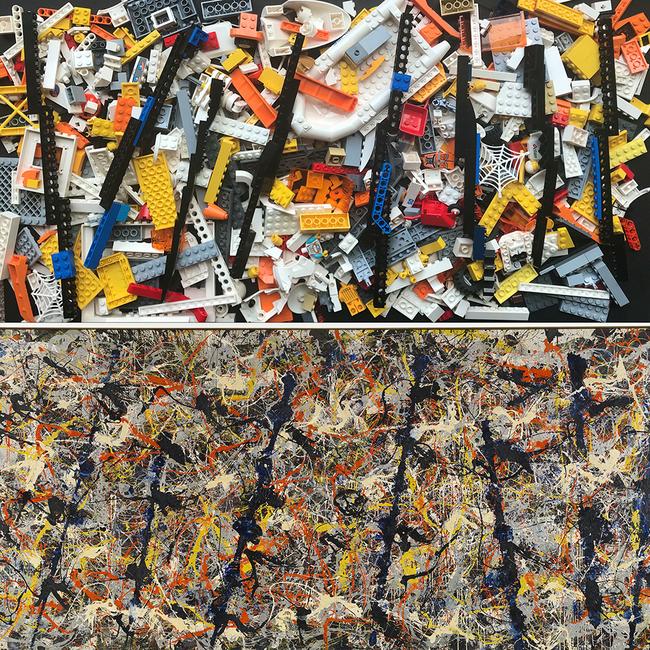
While unable to physically offer its collection during lockdown, the NGA asked viewers to share what they loved most, and was astonished with the response. “We had a different kind of engagement with our audience, they shared with us silly, extremely fun things — Blue Poles made of Lego, different versions of Sidney Nolan’s Ned Kelly; it was a much more fluid, DIY approach in our online offerings,” Mitzevich says, noting it had fast-tracked gallery plans to devote much of the next five years to advancing its digital offering. “It’s like we’ve condensed three years of testing into 12 weeks.”
The AGNSW’s Together in Art series reached two million Facebook views, where the 49 video offerings included drawing classes with Ben Quilty and performances by Delta Goodrem and Rainbow Chan in an otherwise empty gallery, inspiring Brand’s thinking on ways to incorporate other art forms.
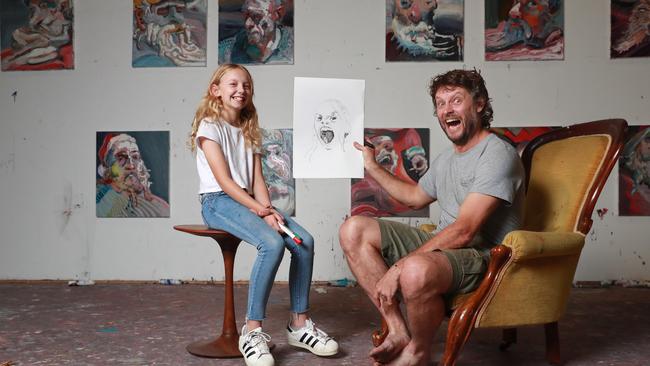
“We’re rethinking how we do things and successful programs like Together in Art we’ll definitely keep because they’re a different, less formal interaction with the audience,” Brand says. “Hopefully we’re giving people something additional they couldn’t otherwise experience.”
Macgregor says she was astonished at the MCA’s digital reach, whether it was her live Instagram talks with international gallery directors or the numbers attending the GENEXT online events, and says the museum has created a “hybrid museum” offering simultaneous live and virtual content. “Doug [Aitkin] has suggested we do digital offerings before [the show], which you’d never normally do, to bring people together and bring some of his works into people’s living rooms. It’s an opportunity to rethink how a museum engages with an artist whose work adapts well to the online environment.”
Macgregor says she was shocked to learn how many people had restricted digital access, resulting in the MCA partnering with News Corp Australia (publisher of The Weekend Australian) to deliver creative content for children responding to artworks at the museum through a national print campaign that reached four million people.
Most important, the galleries’ biggest fear — that digital would result in people not bothering to experience the real thing — has had the opposite effect. Galleries such as the NGV have noted offerings such as “Five top works you can’t miss before you see a show” or Zoom walk-throughs simply enhanced visitors’ subsequent experience. More gratifying than anything has been the public’s response to being back.
“People are obviously very happy to be here,” Brand says. “In the first week of reopening they’d go up to anyone with an ID badge and thank them for reopening. We’re all missing live performance terribly, but you can see a live painting in a beautiful big public space. It’s a relaxed, peaceful experience and a reconnection with the familiar, which people are really enjoying too.”

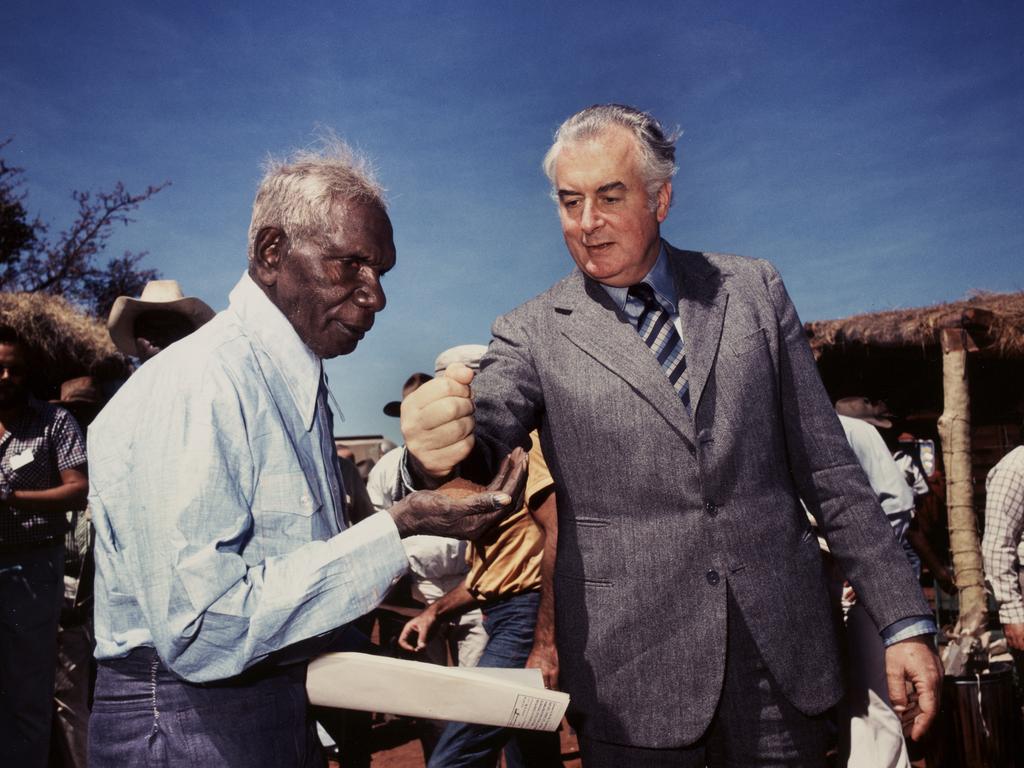

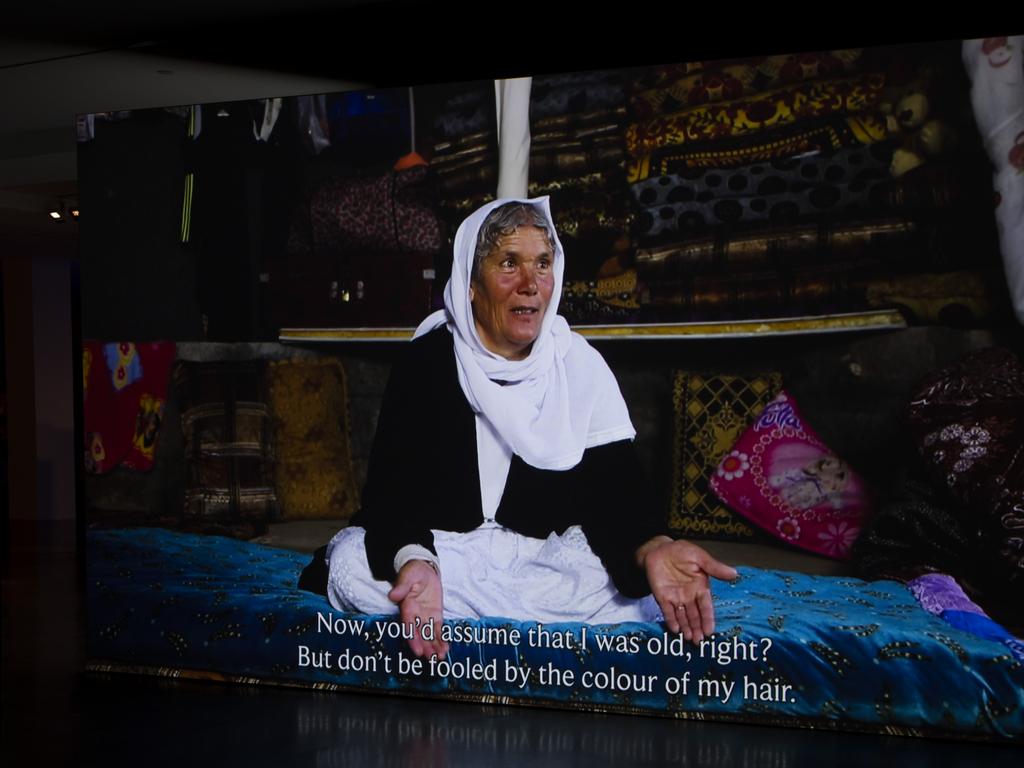
To join the conversation, please log in. Don't have an account? Register
Join the conversation, you are commenting as Logout